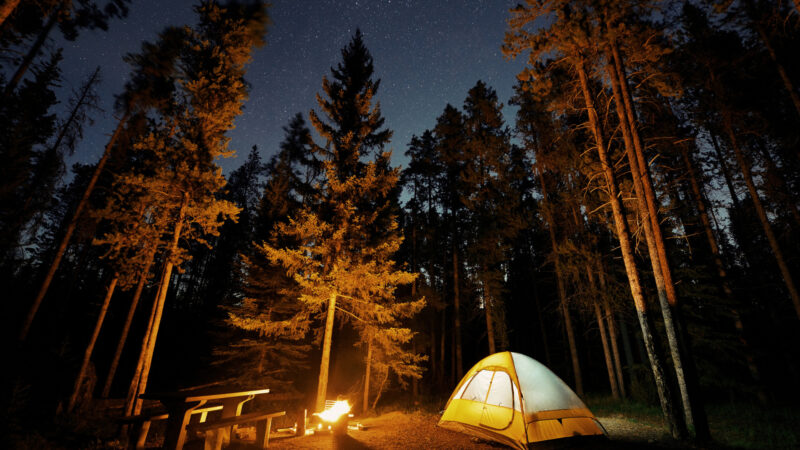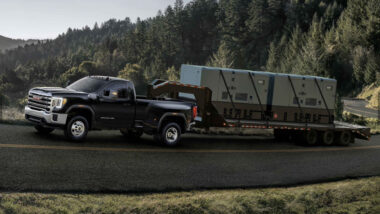Table of Contents Show
Bonfire vs. campfire — is there a difference, and why does it matter? Think about it this way. Are you going to sit around a bonfire and roast marshmallows? Or would that be better suited to a campfire?
Are you going to dance and cheer with hundreds of your friends around a campfire? Or would that be better suited to a bonfire?
When we look a bit deeper into the reasons for a bonfire vs. a campfire, it’s easier to see the differences between the two and why those are important. Keep on reading to learn more about bonfires and campfires.
What Is a Campfire?
We’re fairly certain most people know what a campfire is. But to get down to the nitty-gritty of the differences between a campfire vs. a bonfire, it’s necessary to start with a basic definition of each one.
A campfire is a small fire built outside, usually in a campground or park. You can also have one in your backyard in a fire pit.
To build a campfire, gather various sizes of wood and kindling and then keep it going with slightly larger logs. However, many commonly use firestarters or other fuel sources for their campfires.
You can purchase these options online or at most retail stores. The biggest difference between a campfire vs. a bonfire is that a campfire is small. And it’s meant to be small because it is much easier to gather a few friends around the fire or cook over it.
Purpose of Campfires
And that is one of the main purposes of a campfire — socializing. There’s something about the campfire that draws people in.
Some love the smell or snap of the burning wood. Others enjoy the dancing colors that seem to hypnotize your eyes. And most enjoy the warmth that it provides.
Regardless of what draws people in, once people gather together, you can pull out food and drink to go with your conversation or music.
This brings us to another purpose of having a campfire — cooking. Many say cooking over an open fire tastes better. You can cook over the flames with a hotdog on a stick or in the heat of the coals with potatoes wrapped in foil.
And once you’ve eaten and conversations become whispers, the warmth of the fire becomes the main purpose. People cozy up to the glowing coals, warming their hands, feet, and backsides.
We camp because we love the outdoors, but really, we camp because we love a campfire and all that comes with it.
What Is a Bonfire?
And in reality, a bonfire does the same thing, just on a larger scale. But what is considered a bonfire? A bonfire is simply a large fire often used for celebrations or ceremonial purposes.
At its core, a bonfire is built the same way as a campfire — starting small and getting bigger. A bonfire must be large enough to support its purpose of having many people gather around it.
Think of a pep rally for a high school football game. The bonfire will become the center of attention for the hundreds of supporters in attendance. And thus, it needs a lot more wood than a bundle you can buy at a grocery store.
So simply put, when comparing a campfire vs. a bonfire, this one is on a much larger scale and serves different purposes.
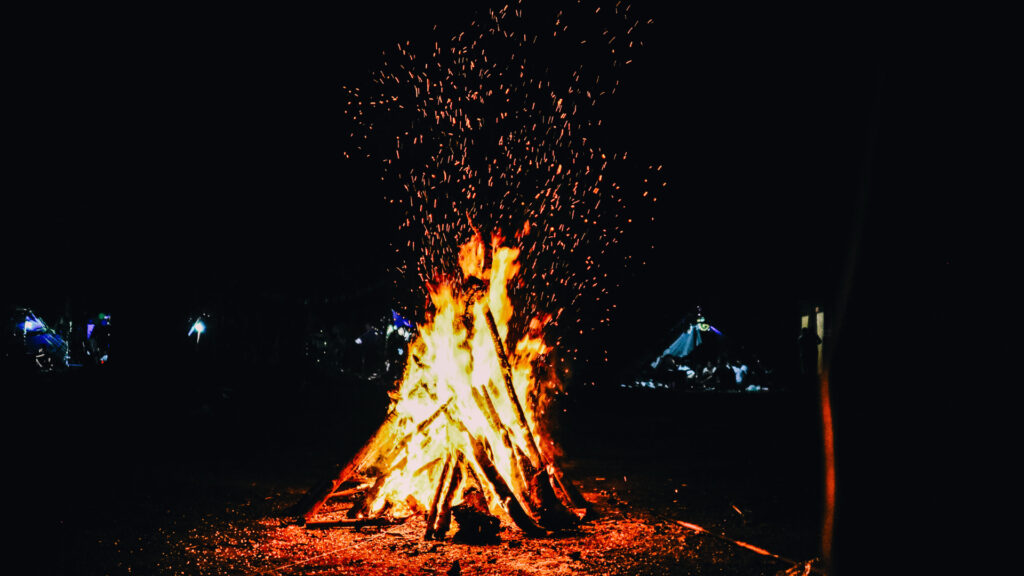
Purpose of Bonfires
Bonfires have been a part of human culture for thousands of years and continue to be popular today for celebrations and ceremonies. While you can enjoy bonfires for their own sake, they also serve an important practical purpose.
People use bonfires to dispose of large amounts of waste material, such as tree branches or construction debris. They can also use them to clear land for new development or to prepare fields for planting.
In addition, bonfires can help to control pests by reducing populations of rodents and other animals. And some may use them as a signal. You may have seen them used historically as a signal of an invader or today as a smoke signal if stranded in the wilderness.
Whatever the reason, bonfires play an important role in our lives.
Tips for Making Bonfires and Campfires
Campfires and bonfires have become part of our celebrations. So when it comes time to make either one of them, we better know how to do it.
We’ve got several tips for making bonfires and campfires. These include checking with local authorities, staying safe, and using the proper wood and techniques.
Keep in Mind: We love sitting around the campfire, but hate the smell of smoke in our hair after! Here’s How to Get Campfire Smoke Smell Out of Your Hair
Check Local Laws
Before you begin, check local laws. Fines for burning during a burn ban can be hefty. Just because you had no idea a fire ban existed doesn’t give you an excuse to have a campfire.
You are responsible for knowing the administrative fire regulations for the area you are in at the time.
If you can’t find a posted sign at your campground, you can contact local agencies to determine whether it’s safe to have a fire. A few of those agencies include forest service departments, local law enforcement, fire departments, and park rangers.
You can even check local news reports for up-to-date information regarding fire bans and where and if you can have a campfire or bonfire.
Additionally, certain areas may require a permit to have an open fire or bonfire, such as at beaches or wilderness areas.
Take Safety Seriously
Once you know of any fire bans in place, and you can have a campfire, you’ll still need to keep safety precautions at the ready.
This means keeping the gasoline and other flammable items away from the fire. And keep water or a fire extinguisher nearby.
Then when done, regardless of where you are, make sure that fire is out — dead out. The easy way to do so is by allowing the coals to burn down to white ash and then spreading them out.
Then cover it with water, not dirt. Make a soup-like mixture, and ensure you have no more hot coals.
Fire safety knowledge is one of the most important tools you can have under your belt. Campfire vs. bonfire, it doesn’t matter which one. Just be prepared to keep it under control, and put it out on a moment’s notice.
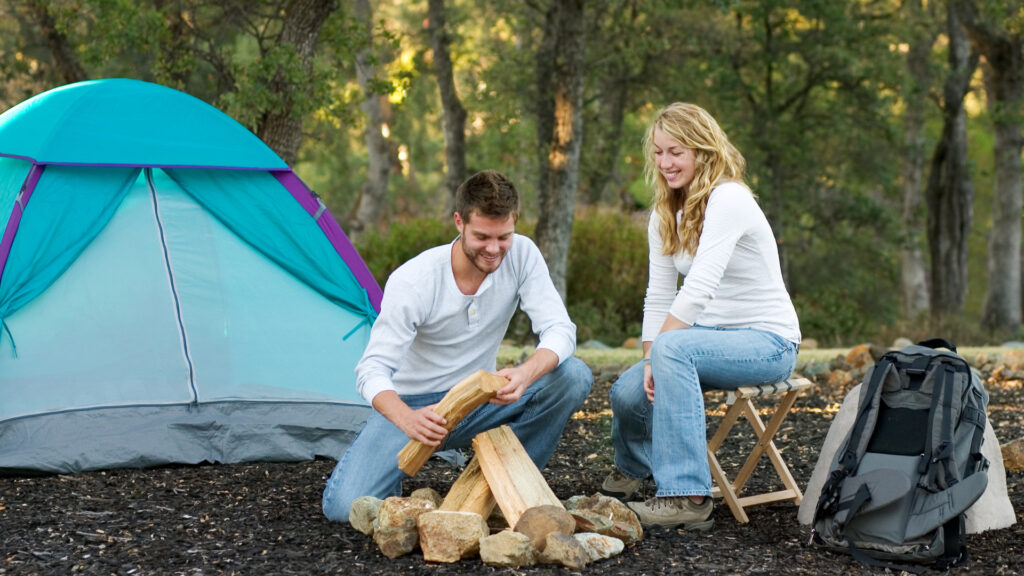
Be Aware of the Weather
And a moment’s notice could happen unexpectedly, especially when it comes to bad weather, which is neither controllable nor expected. Just because there may be no fire bans or restrictions doesn’t mean you should have a campfire.
Take windy days as an example. Fire needs oxygen which the wind provides an abundance of. And don’t let small campfires fool you, either. All it takes is one good gust of wind to turn that small ember into a forest fire.
Long story short, be aware of the weather.
Use Dry Wood
Ironically, it’s the weather that can also help build a campfire. The drier the wood, the better. If there is no fire ban or wind, using dry wood is the best way to get a fire.
Dry wood catches easier than wet, plus it’s less likely to smoke. When purchasing or gathering wood, get the driest you can find, but also in varying sizes.
You’ll need tinder (tiny twigs, pine needles, and dry leaves), kindling (small matchstick size sticks about the length of a forearm), and several large pieces of wood.
Having a variety of sizes will make starting and maintaining the fire much easier.
Keep in Mind: What is the Point of a Swedish Fire Log? Should you be using this method for your campfire?
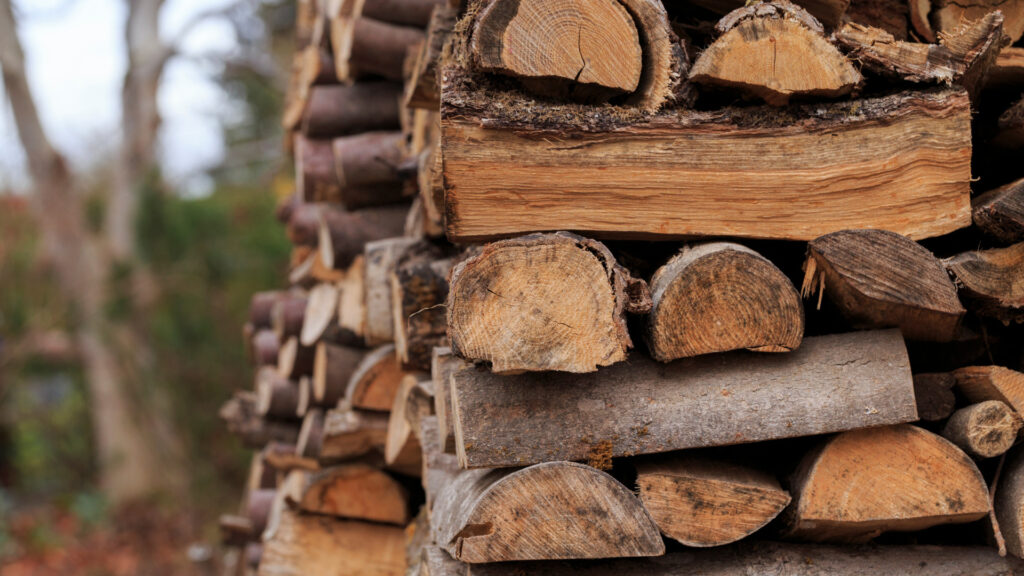
Know the Right Technique
Now that you have safety techniques, fire knowledge, and have collected dry wood, it’s time to build a fire. First, decide between a campfire vs. a bonfire.
Then clear the appropriate amount of space away from trees, debris, or other hazards. Now create a barrier, such as rocks, a metal barrel, a firepit, etc.
The right technique depends on the type of fire you want. For a campfire, Teepee and lean-to style fires work best for cooking, and criss-cross and log cabin styles last the longest.
And depending on the purpose of your bonfire, you can use a Teepee style or simply throw the things you want to burn in a pile and light it. Otherwise, you start it the same way you would a campfire.
First, build the kindling and wood in the style you’d like, light the tinder, and gently blow on the flames to help them grow. Then add small pieces of wood to the fire, gradually building up to larger logs.
Keep an eye on your campfire at all times and never leave it unattended, especially a bonfire. These are much bigger and harder to control. You never want an out-of-control fire.
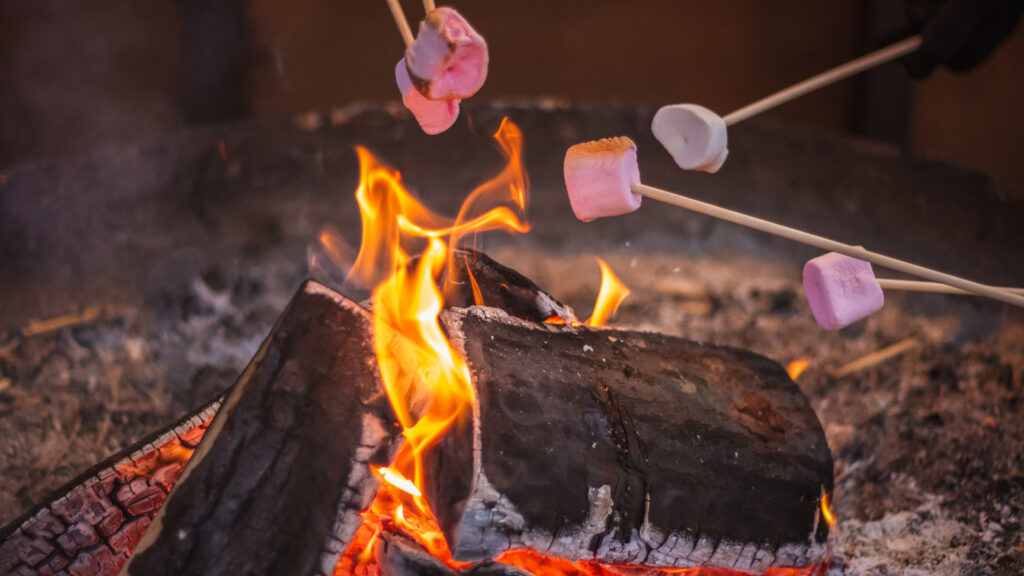
Now You Know the Difference Between a Campfire and a Bonfire
Fire has been a necessary tool for survival for thousands of years. And whether that survival entails a campfire or a bonfire, it’s not going anywhere soon.
Can you imagine a celebration without a bonfire or a camping trip without a campfire? Neither can we.
And now that you know the difference between a campfire vs. a bonfire, gather the friends and the wood. It’s time for a fire. You get to choose which one.




